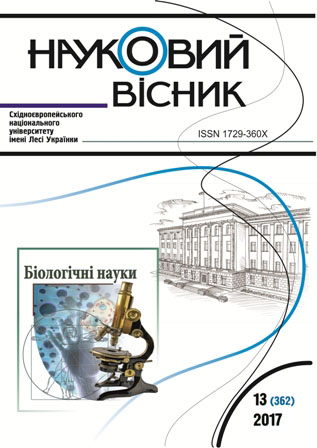The Sex Ratios of Viviparus Contectus (Mill. 1813) within the Population as the Environmental Impact Indicator
DOI:
https://doi.org/10.29038/2617-4723-2017-362-13-110-115Keywords:
female, male, age, reproduction, parthenogenesis, Viviparus contectusAbstract
The findings presented in the article reveal the sex ratios within the population of the freshwater snails Viviparus contectus. Under the modern environmental conditions of Ukraine the freshwater snails V. contectus are characterized by the low adaptive potential connected with the prospects for effective reproduction and recruitment (1 to 10). Two core factors were taken into account to support the conclusion. First and foremost, the population of V. contectus lacks the males significantly. Along with this, in many cases the sex ratio is stable and comprises 1 to 10 for a number of years as well as a season. Under such sex ratios and granting the pair mating reproduction, the efficiency of normal sexual reproduction among V. contectus is rather questionable. The transition to the facultative parthenogenesis within several populations is possible due to the lack of the males and that will cause the decrease in the population.





